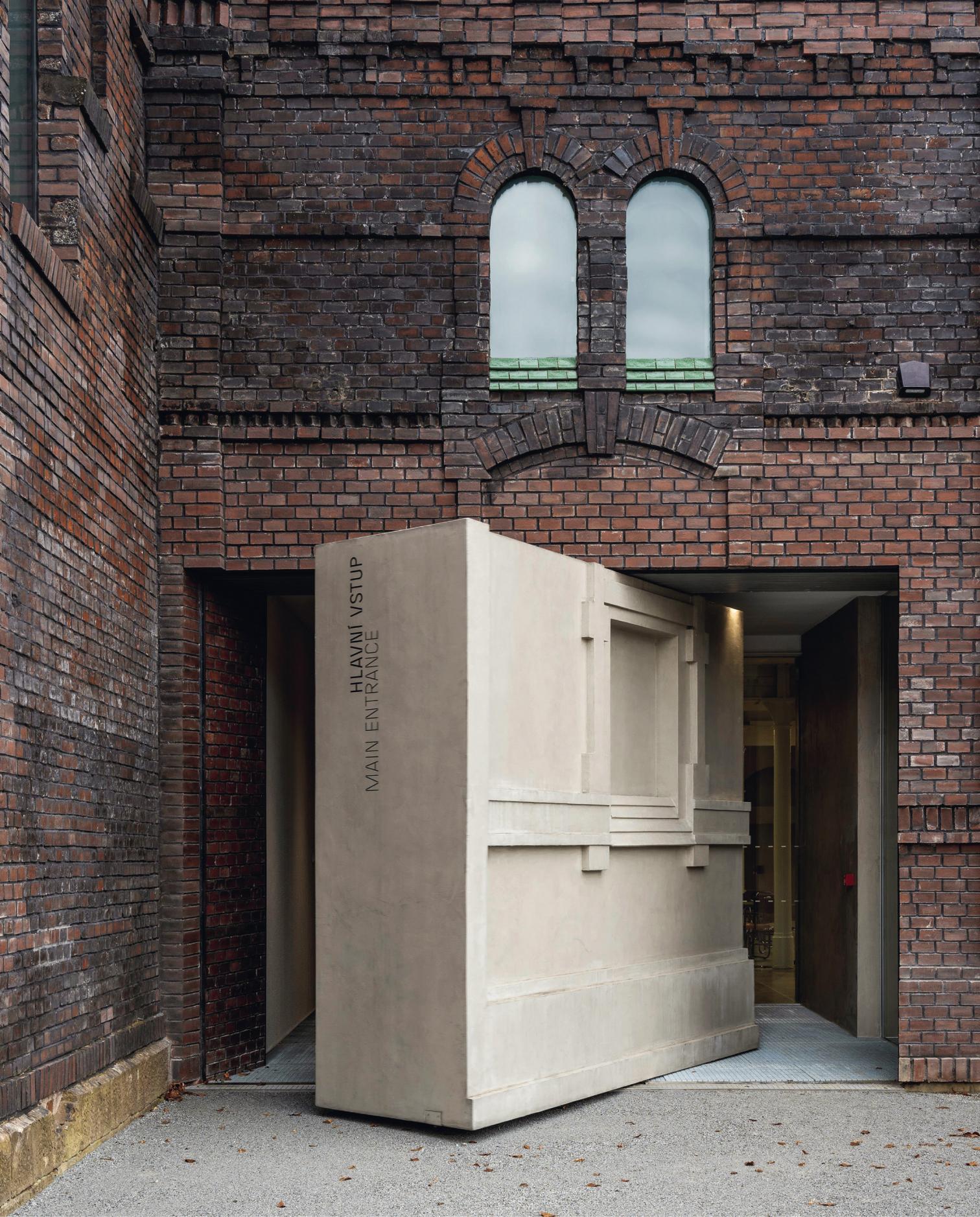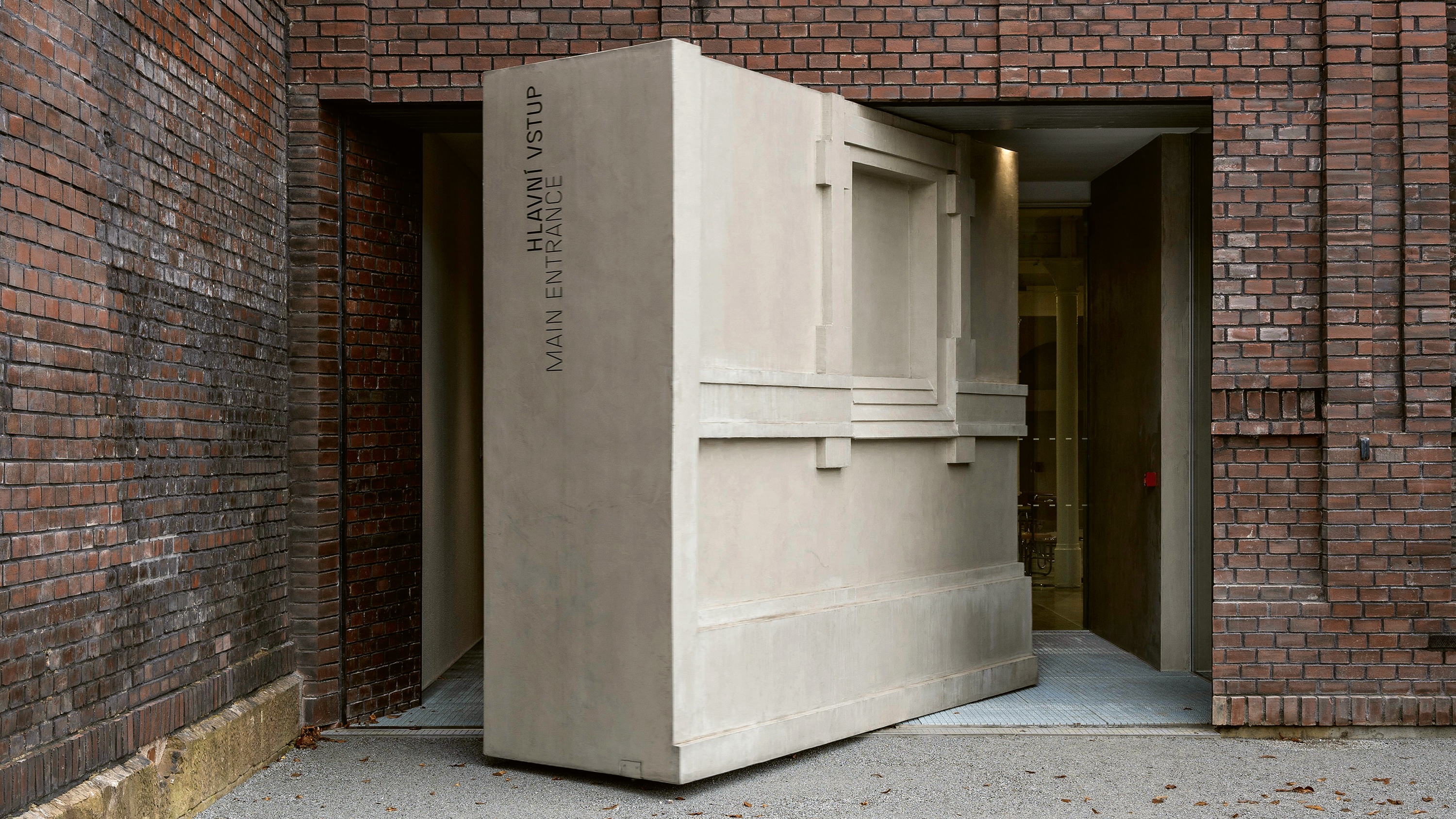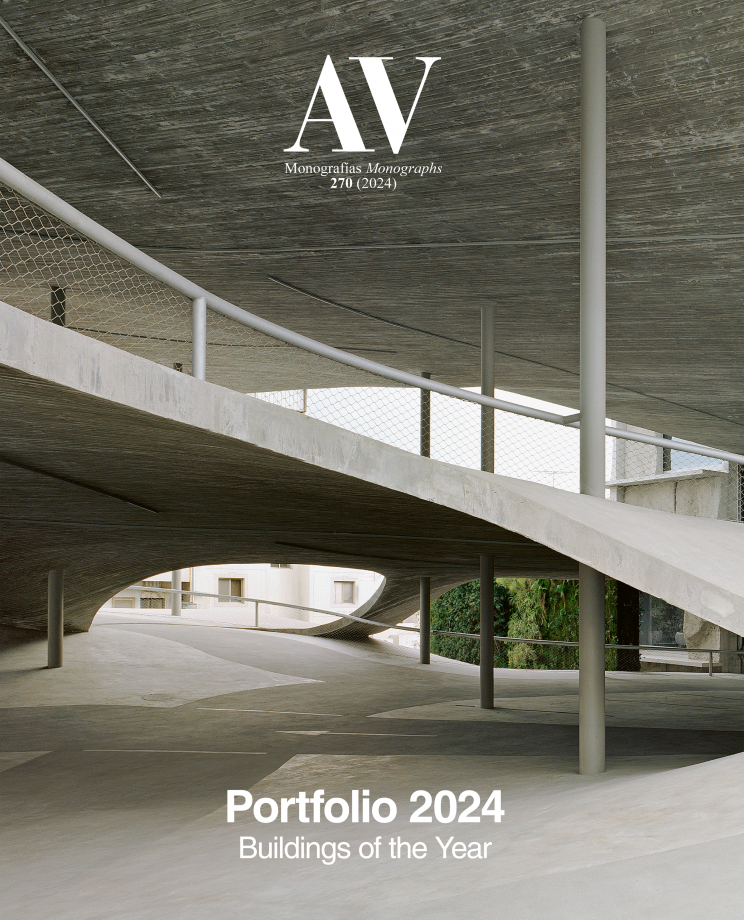Six Hundred Sixty-Six
Three Magazines, 666 Issues

KWK Promes, Galería PLATO, Ostrava (República Checa)
By a Pythagorean chance, the AV/Arquitectura Viva project – which was born in 1985 and groups the magazines AV Monografías, Arquitectura Viva and AV Proyectos – completes its fortieth year having published 666 issues: 270 each of the first two titles, and 126 the third. Beyond its apocalyptic association with evil, something that should not bother too much those of us who, when exercizing criticism, resignedly assume the ancillary role of killjoy or the undue protagonism of censors, 666 is a triangular number, resulting from the sum of the first 36 natural numbers, and this pleases those of us who edit three magazines, trying to give them a geometric order in their graphic composition and an arithmetic order in their narrative structure, not to mention their editor, who has published a selection of his articles in 36 small volumes, or sums up a chronicle of 2024 in a little book with 36 texts: the twelve months also collected here, to which twelve arguments and twelve portraits are added.
These twelve months begin with significant setbacks in globalization and the influence of international trade on the discontent of the European countryside, at a time of growing disorder that encourages the use of the image of the ship of fools, because there is no other way to explain the generalization of rearmament in the face of the conflicts in Ukraine and Gaza. Immigration swung Europe to the right in the June elections, but the continent does not yet have the tools to face the rise of China and the isolationism of the United States, led from next year by Donald Trump, whose figure has now taken on mythical dimensions. During the year, we have also witnessed a gradual institutional deterioration that may worsen with the trigger of social unrest over the cost of living and housing prices, or indignation at the inadequacy of the response to a catastrophe linked to climate change, which, if in Spain caused over two hundred deaths, in Sudan may be close to the tragic figure of two million victims.
The works of the year portray in their own way the sign of the times, and here we have tried to provide them with an intelligible order by grouping them into three sections marked by the Vitruvian motto: a first group where the firmitas is expressed with dazzling structural nudity; a second that interprets the utilitas through community experiences that use limited resources; and a third whose pieces approach the venustas putting beauty at the service of the health of the body or the spirit. The result is five works in Europe (Portugal, France, Switzerland, Germany, and the Czech Republic), two in America (Mexico and Ecuador) and five in Asia (Bahrain, India, and China, the latter with three works), although it should be noted that the selection excludes works in Spain or from Spanish studios abroad, already included in the Yearbook. And it goes without saying that while the great challenges of the world refer to the territory and the city, these dozen pearls strung all over the planet offer a message of excellence and hope.






